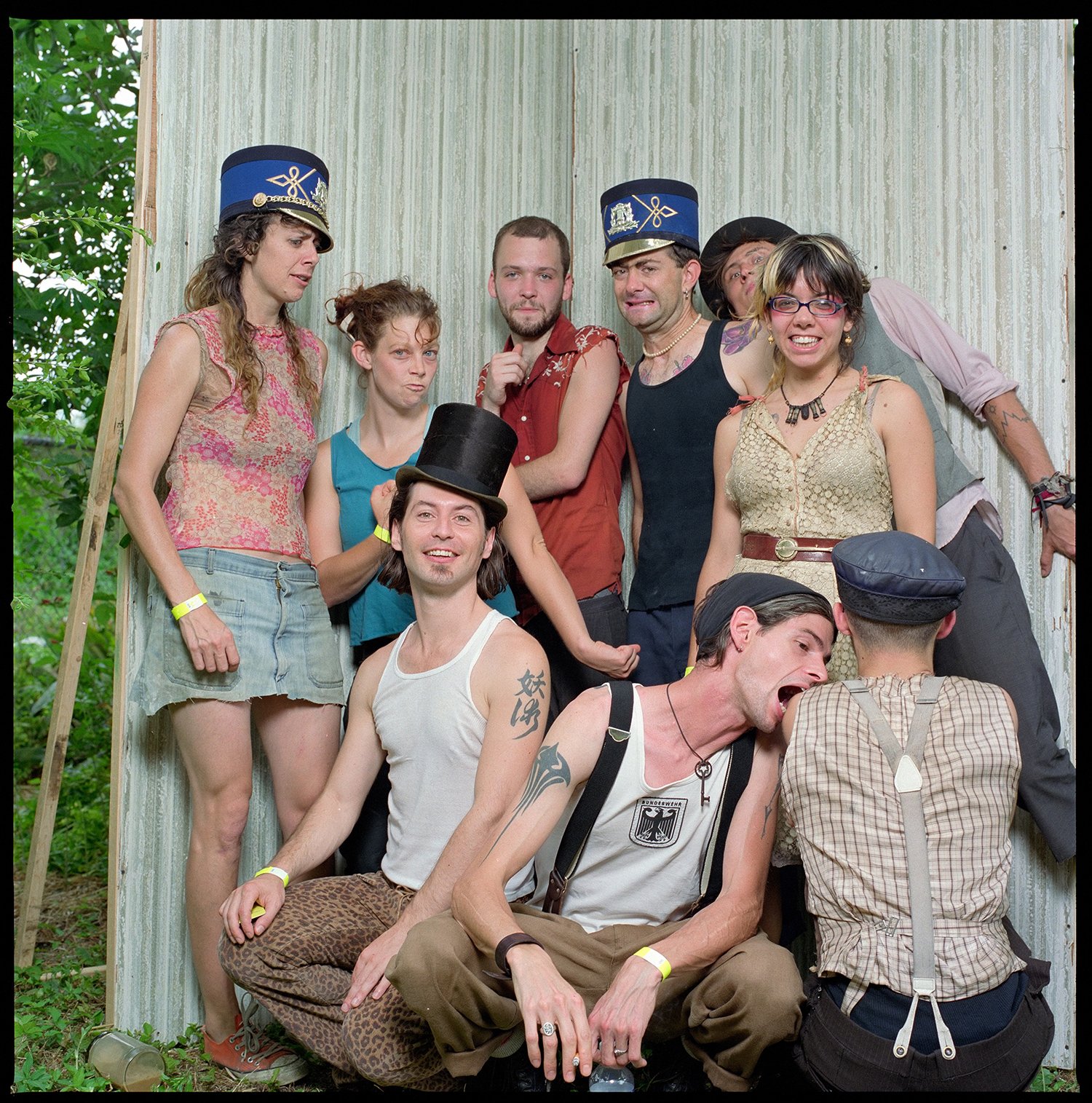"Corteo" is Typically Cirque du Soleil

The show does what Cirque du Soleil shows do at The Smoothie King Center this weekend.
Mid-week, Cirque du Soleil made news by offering to pay the Soul Brass Band for a performance with tickets to their show at the Smoothie King Center instead of money. The crass gesture that’s likely made in each city the show visits ran into the social media outrage machine and got the New Orleans stop for “Corteo” off to a rough start.
The show opened Friday night and plays this weekend, including Saturday and Sunday matinees, and once CdS got to its business, it was on much more stable footing—when it was on the ground. The performers in “Corteo” spend a lot of time in the air. At one point, a performer walks upside down on a tightrope holding a lamp, though people swinging from lights, ropes, poles, and each other were far more common. In that respect, “Corteo” is like other CdS shows, and it entertains in the very specific way that CdS shows do.
The show starts with a voiceover: “I dreamt of my funeral.” From there, we get the death and afterlife of a clown, not that the story matters a lot. It’s the pretext to get to a series of set pieces that merge gymnastics, acrobatics, dance, and props—always props—to create moments that aspire to poetry. If they don’t reach that, they at least manage elegant spectacle. “Corteo” has been performed since 2005, so it delivers that spectacle reliably. The little person in the balloon harness is a great visual before she does anything, and the rigging for the human puppet similarly made the sequence before she started working in it.
For me, one measure of a CdS show is the appeal of the toys. Do I want to play with them? The trampoline beds seemed limiting, but the swinging chandeliers fit that bill. They were made as cages in which performers could swing and do tricks overhead, and they look like they’d be fun to play in. Realistically, they’d be more fun if you had less than 10 percent body fat and had spent years developing the necessary skills like the performers have, but the approachability of the toys is part of their appeal.
If you’ve seen a CdS show before, you’ve likely seen some of them. I recognized a few from when CdS came to New Orleans in 2013 with “Quidam,” and I suspect a condition of a CdS story is that it can easily be adapted to include some of the company’s greatest hits. It might be French-Canadian, but it’s still a circus and it still gives you the acts you came for. Many of those acts are conventional circus acts in commedia dell’arte drag, but they’re circus staples because they work.
Last night, I took my daughter who’s almost five, and many of the poetic elements such as the angels in the rafters worked better for her than they did for her mother and I. She wanted to play with the same toys and was confused by the same things, but she also conked out sooner, perhaps because the story, such as it is, slows down. The second half opens with aerial artists followed by jugglers with rings. Both sequences are impressive as feats of strength and skill, but neither had much to do with “Corteo,” nor did we understand the radio-controlled robots onstage during the ladder act. Maybe we simply passed my daughter’s bedtime, but as flimsy and fey as the story is, maybe it also works better than we give it credit to hold the show together.
Ultimately, if you’ve seen a CdS show, you’ve seen “Corteo.” The details change but acts and the aesthetic don’t. The middlebrow adoption of highbrow airs grates, but the performers and their toys still make the show.






